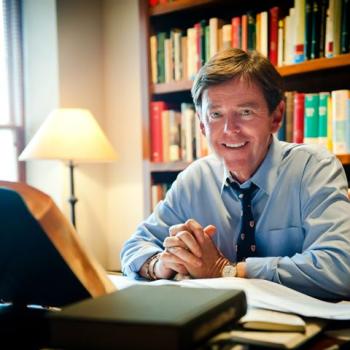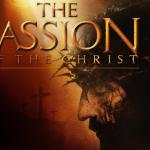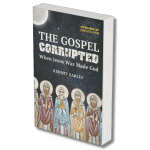Excerpted from “The Twilight of the American Enlightenment: The 1950s and the Crisis of Liberal Belief”
As late as 1976, the political sensibilities of revivalist evangelicals were still unformed when many of them voted Democratic for Jimmy Carter, largely on the basis that he had declared himself “born again.” Prior to 1976, “born again” was not a familiar phrase in mainstream public discourse. Moreover, the term “evangelical” was seldom used, at least not in connection to politics. When Newsweek declared 1976 to be “The Year of the Evangelical,” the publicity helped to create a sense of potential among evangelicals, who began to think of themselves as a political force. Conservative evangelical and Catholic leaders, however, soon became disillusioned with President Carter. He supported the Equal Rights Amendment, he did not take a stand against abortion, and he was friendly to the Democratic Party agenda to guarantee rights for homosexuals and to broaden the definition of the family. In that context, in 1979 fundamentalist Jerry Falwell founded the Moral Majority, a political-action organization to mobilize religious conservatives. Revivalist evangelicalism had suddenly emerged as a conspicuous player in national politics.
The government was not, of course, the only force in furthering the sexual revolution. Rather, the courts and governmental agencies were responding to much larger social trends and agendas that were energized by vigorous movements and lobbies and supported by most of the media and the intellectual community. The mainstream media and commercial interests often supported the new permissiveness. Nonetheless, for those alarmed by the sexual revolution, the government’s role in permitting and promoting it was sufficient to provoke a political response, even among evangelicals who traditionally had warned against political involvements.
One of the factors evident in the support for Ronald Reagan in 1980 was nostalgia for the 1950s. Many conservative Americans had been alarmed by the cultural changes unleashed by the counterculture and antiwar movements of the 1960s and felt that something essential about the culture was fast slipping away. Reagan himself cultivated his image as a champion of traditional values. Just one of many examples was a “Morning in America” series of TV ads in his 1984 campaign depicting the small-town America of more peaceful and ordered days. Unquestionably, Reagan’s staunch anticommunism also evoked an image of the 1950s, a time when Americans were proud to be united by their flag-waving patriotism. Newly politicized revivalist evangelicals were no doubt attracted by this nostalgia, as were many other Republican voters, but they added their own variation on the theme. They were not simply proposing to bring America back to a time when traditional family values, respect for authority, and unquestioning love of nation were intact. Rather, they were blending such Reaganesque images with something more basic: America, they said, needed to return to its “Christian foundations.” And understanding what revivalist evangelicals had in mind by such rhetoric is one key to understanding the cultural wars and revivalist evangelicalism’s part in them.
Read the rest here















